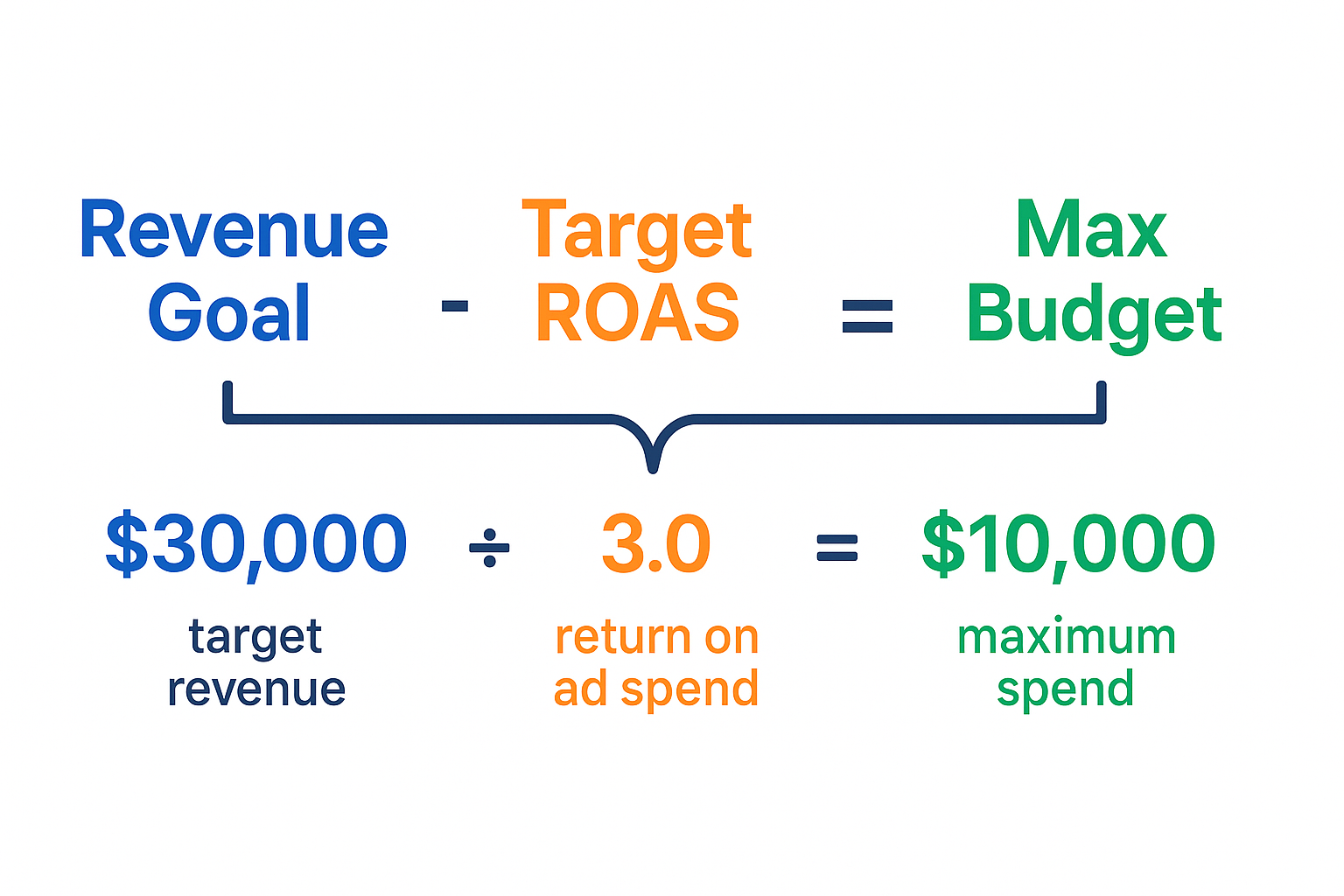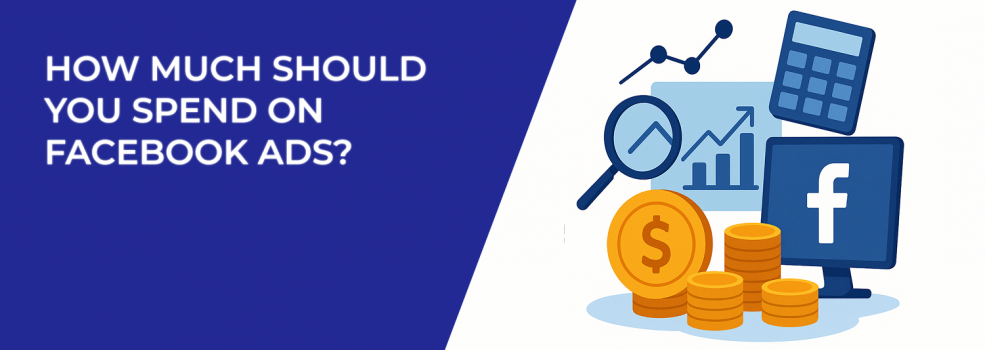Whether you're a scrappy startup or an established eCommerce brand, the Facebook ads budget question always creeps in: how much should I actually spend?
Too little, and you risk zero traction. Too much, and you could burn through cash without seeing real ROI.
So, let’s break this down. There’s no one-size-fits-all answer — but there is a smarter way to approach your Facebook ad budget that aligns with your goals, margins, and data.
Start With This: What’s Your Goal?
Before you even think about numbers, get clear on your campaign objective. Are you:
-
Testing a new offer?
-
Driving traffic to a sales page?
-
Retargeting warm leads?
-
Launching a product?
Different goals require different levels of investment. For example, brand awareness campaigns might cost less per result but take longer to generate revenue, while conversion campaigns often require higher upfront costs to see meaningful returns.
Want to grow fast? You’ll need to spend more, faster. Want to scale profitably? Precision matters more than speed.
Not sure which campaign type fits best? Here's a helpful breakdown of Meta Ad Campaign Objectives.
Reverse-Engineer Your Budget Based on ROAS
Instead of asking, "How much should I spend?", flip it.
Ask: "What’s my target ROAS (Return on Ad Spend) — and how much can I afford to pay for a customer?"
So, if you want to generate $30,000 this month and you’re aiming for a 3x ROAS:
$30,000 ÷ 3 = $10,000 budget

That’s your ceiling — the maximum spend to stay profitable based on your return target. This works especially well if your margins are already mapped out.
Need help calculating a realistic ROAS goal? Use margin-backed budgeting to avoid wishful thinking. A smart breakdown looks like this:
-
Product Price: $100.
-
Discounts & Promos: -$10.
-
Shipping & Handling: -$8.
-
COGS: -$35.
-
Net Margin: $47.
-
Target ROAS: 2.1x minimum (to break even + small profit).
If your Facebook ads are still not converting after budgeting this way, read Facebook Ads Not Converting: How To Fix It.
Facebook Ad Budget Benchmarks
Not sure where to start? Here are ballpark numbers based on advertiser tiers:
-
Testing new ads: $20–$50 per day.
-
Small businesses: $50–$150 per day.
-
Scaling campaigns: $200–$1,000+ per day.
-
High-volume brands: $5,000+ per day.
These aren’t hard rules, but they can help you anchor your planning.
Important: Facebook’s machine learning thrives on data. If you don’t feed the algorithm enough budget to generate conversions (typically 25+ per week per ad set), it struggles to optimize. That’s why ultra-low budgets often result in unstable performance. To understand how to speed up the learning phase without wasting spend, check out How to Finish the Facebook Learning Phase Quickly.
Use Lifetime Value (LTV) to Guide Big Picture Budgeting
Short-term ROAS is only part of the equation. Smart advertisers use customer lifetime value (LTV) to determine how aggressive they can be.
Let’s say your LTV is $300, but your first purchase only brings in $90. If you only track first-purchase ROAS, you’ll constantly underinvest. But if you know customers buy from you 3–4 times over a year? That changes your ad economics completely.
Your cost-per-acquisition (CPA) ceiling rises. You can spend more confidently — because you know what a customer is worth long-term.
Budget Testing Framework: Start Small, Scale Fast
Don’t overcomplicate your first steps. Use this simple testing framework:
-
Start with 1–3 core audiences (broad, interest-based, or lookalikes).
-
Set a daily budget of $20–$50 per ad set.
-
Run for at least 3–5 days before making judgment calls.
-
Analyze metrics like CTR, CPC, and ROAS before scaling.
-
Once you have a winner? Double down and increase by 20–30% every few days.
Need help identifying the right audience to start with? This guide on How to Define a Target Audience for Marketing is a great place to start.
Common Budget Mistakes to Avoid
-
Starting too low: Underfunded campaigns stall out early.
-
Ignoring your breakeven ROAS: Wishful spending kills profitability.
-
Changing budgets too often: Frequent edits disrupt Facebook’s learning phase.
-
Scaling too fast: Going from $50/day to $500/day overnight often crashes performance.
-
Focusing only on front-end metrics: You can win on LTV, not just initial ROAS.
Curious why your ad sets might be delivering poorly even with a decent budget? You may be running into the dreaded warning label. Here's Why You See “Ad Set May Get Zero” on Facebook and How to Fix It.
What About Seasonality?
Good question. During Q4, for instance, costs spike due to competition. That doesn’t mean you shouldn’t advertise — it just means you need to plan for higher CPAs and adjust your bids and margins accordingly.
So… How Much Should You Spend on Facebook Ads?
Spend what aligns with your goals, margins, and data — not what feels safe or standard.
If your ROAS and LTV support it, spend more. If you’re just testing, spend strategically. But always track performance and optimize as you go.
Facebook ads don’t reward the biggest spenders — they reward the smartest ones.

